site search
online catalog
US NAVAL ENSIGN OF THE USS PONTOOSUC 1864-65 BROUGHT HOME BY SIGNAL QUARTERMASTER JAMES W. VERNEY - MEDAL OF HONOR FORT FISHER & WILMINGTON
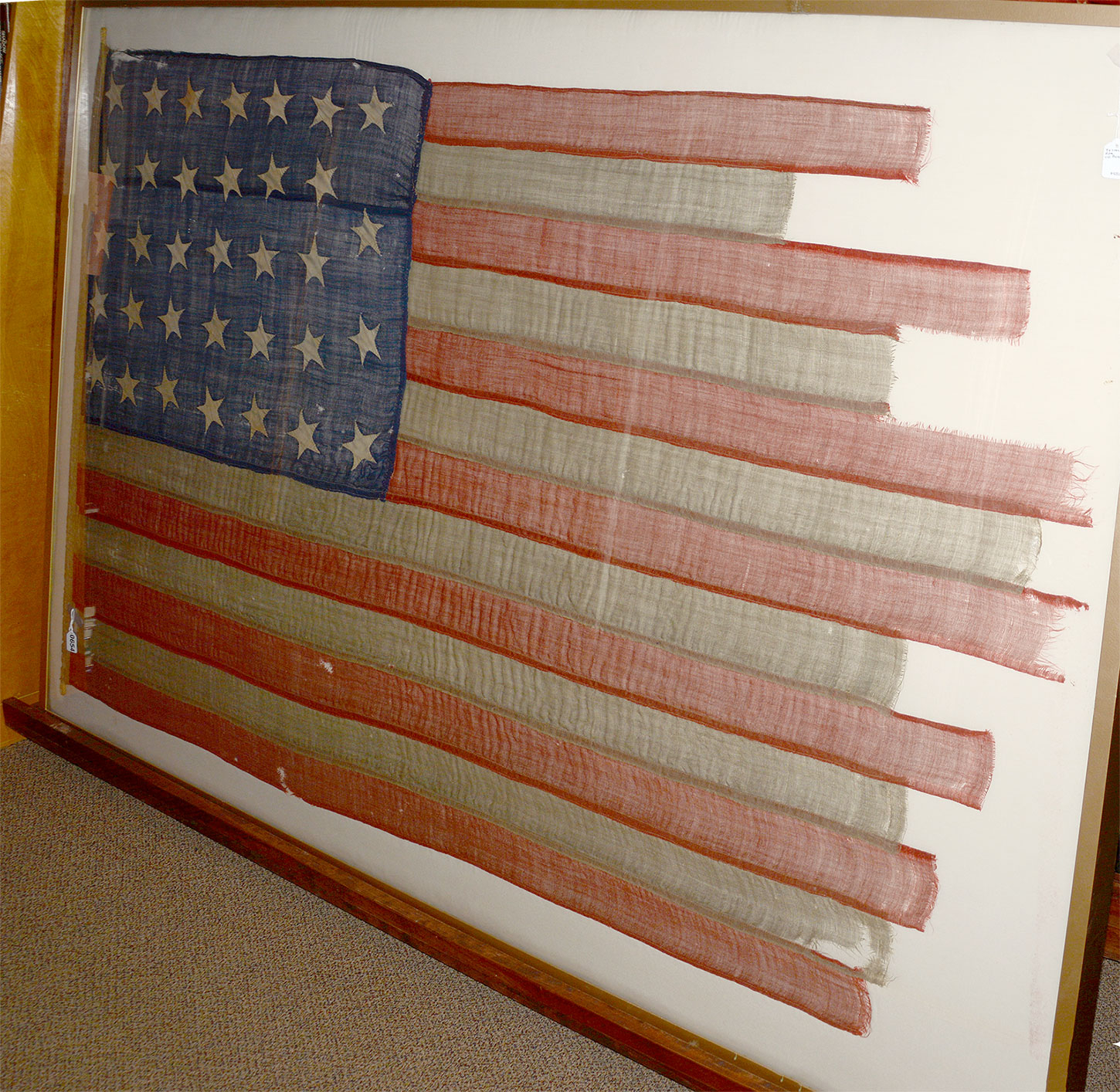
Hover to zoom

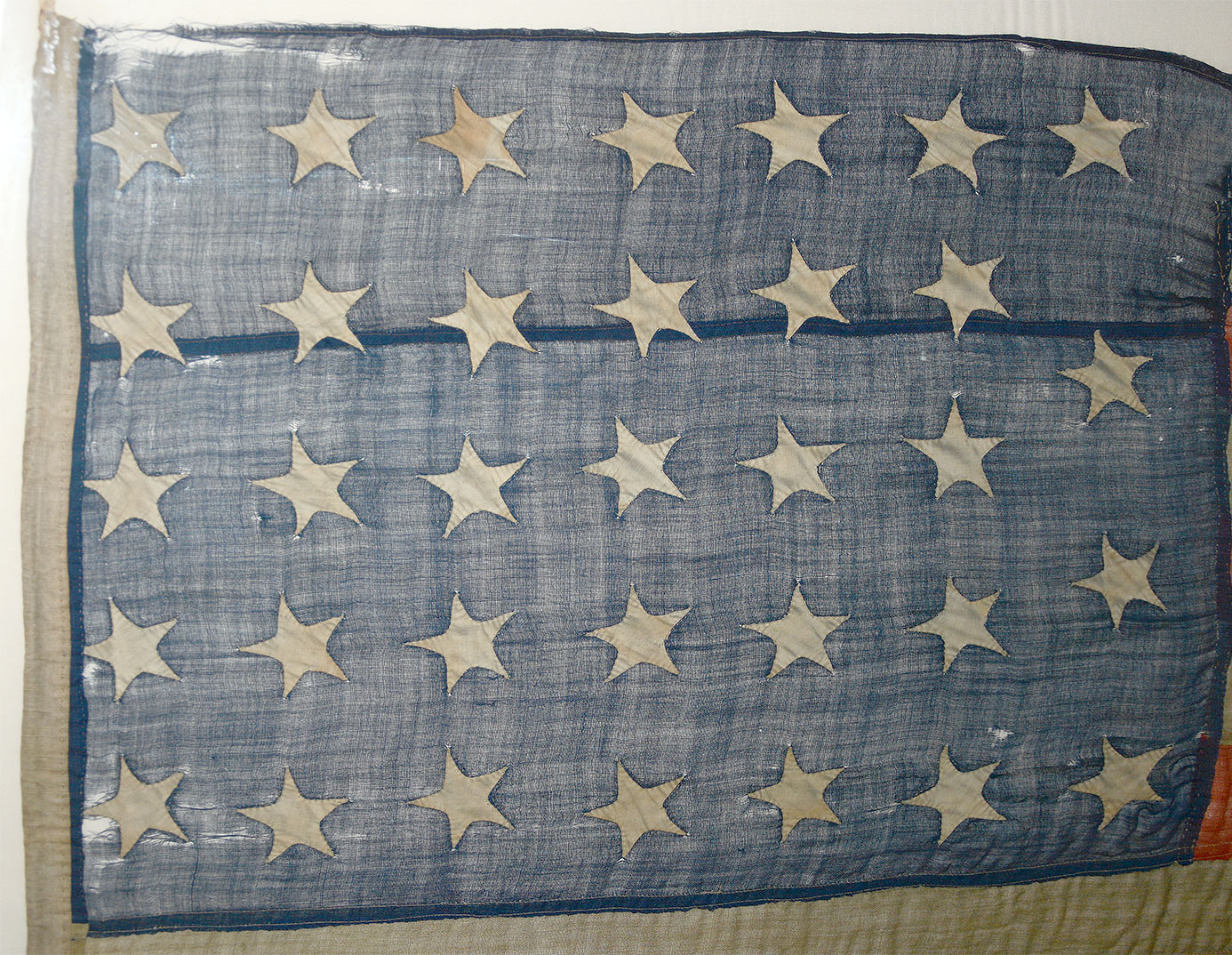
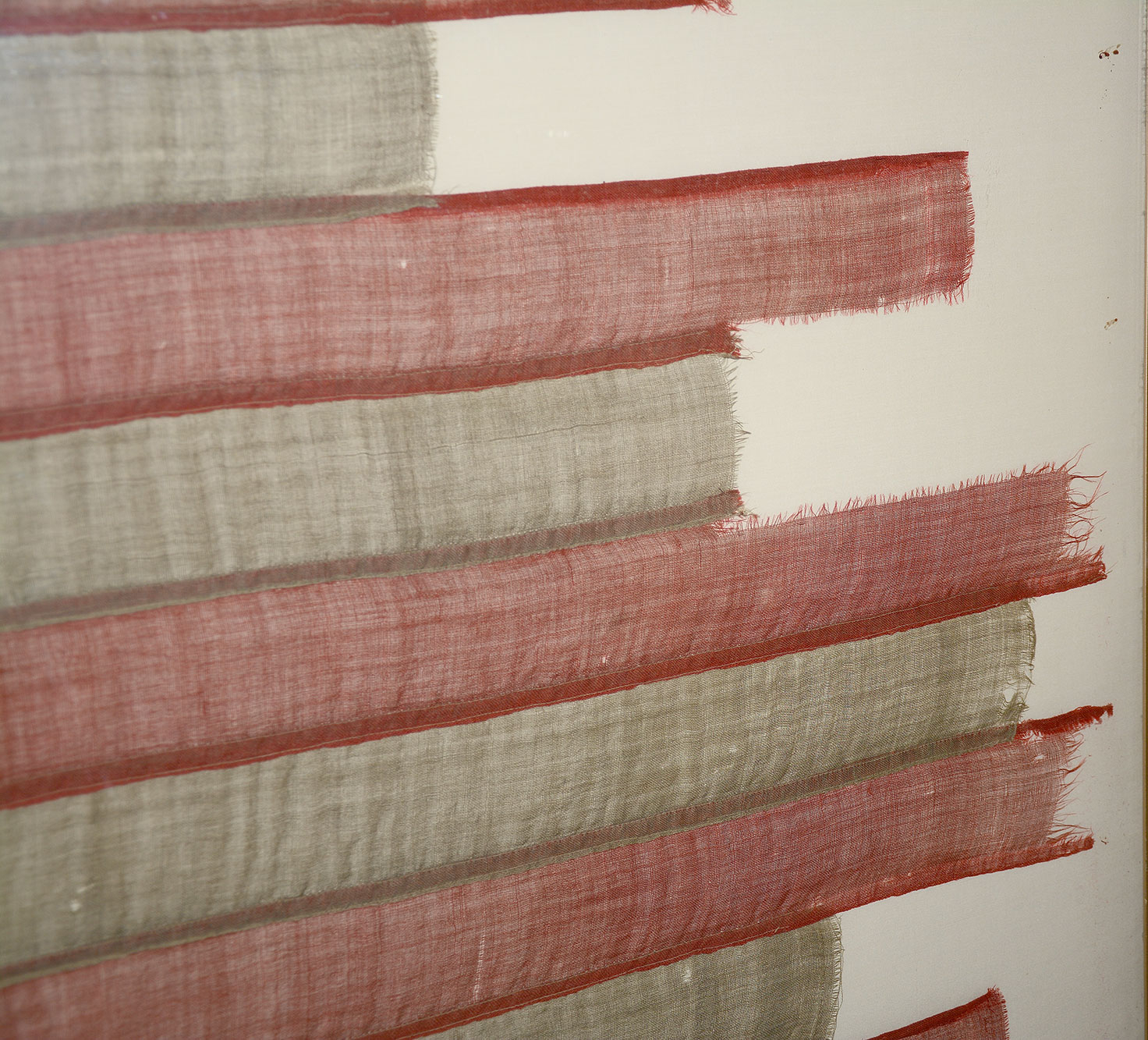
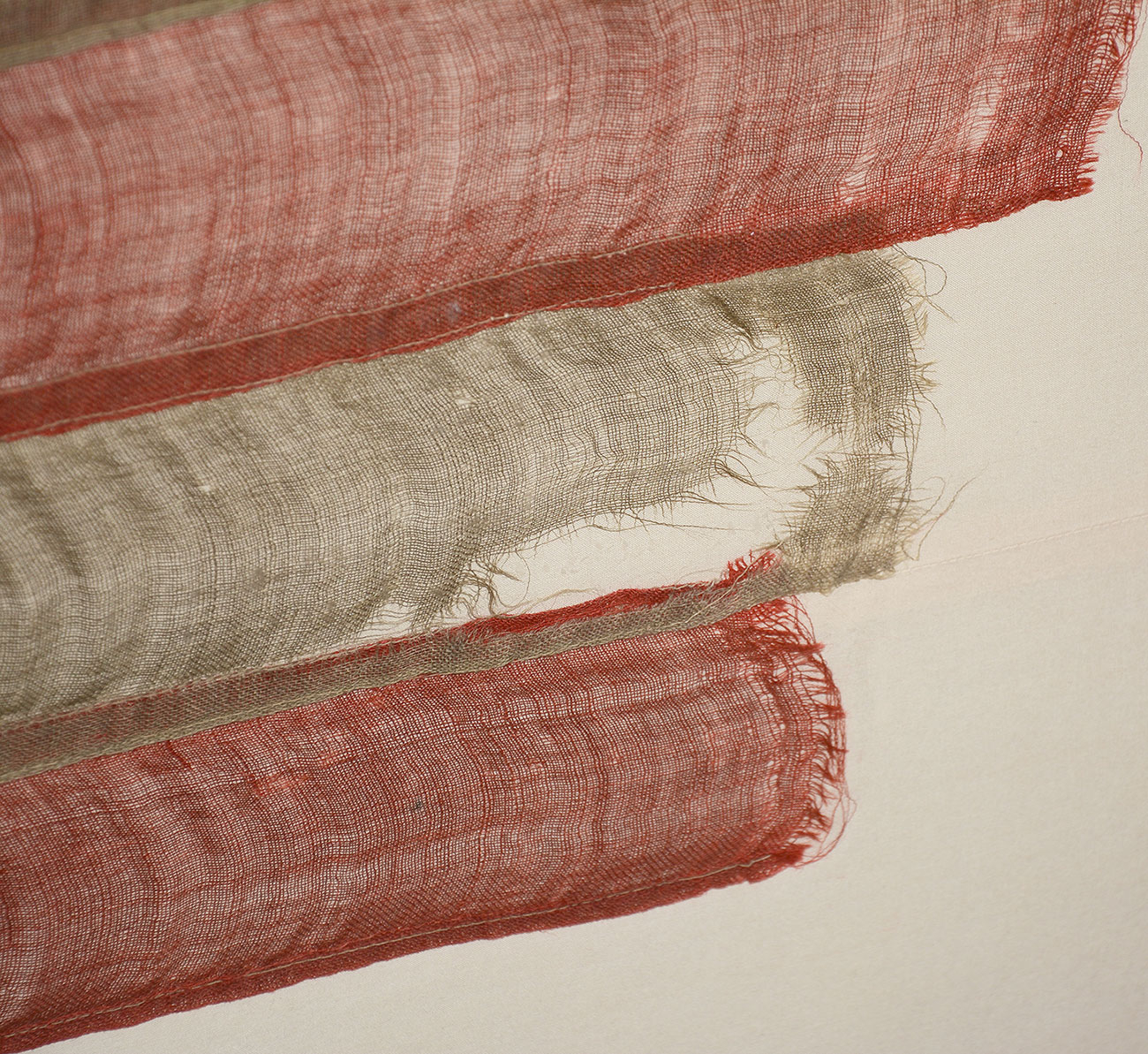
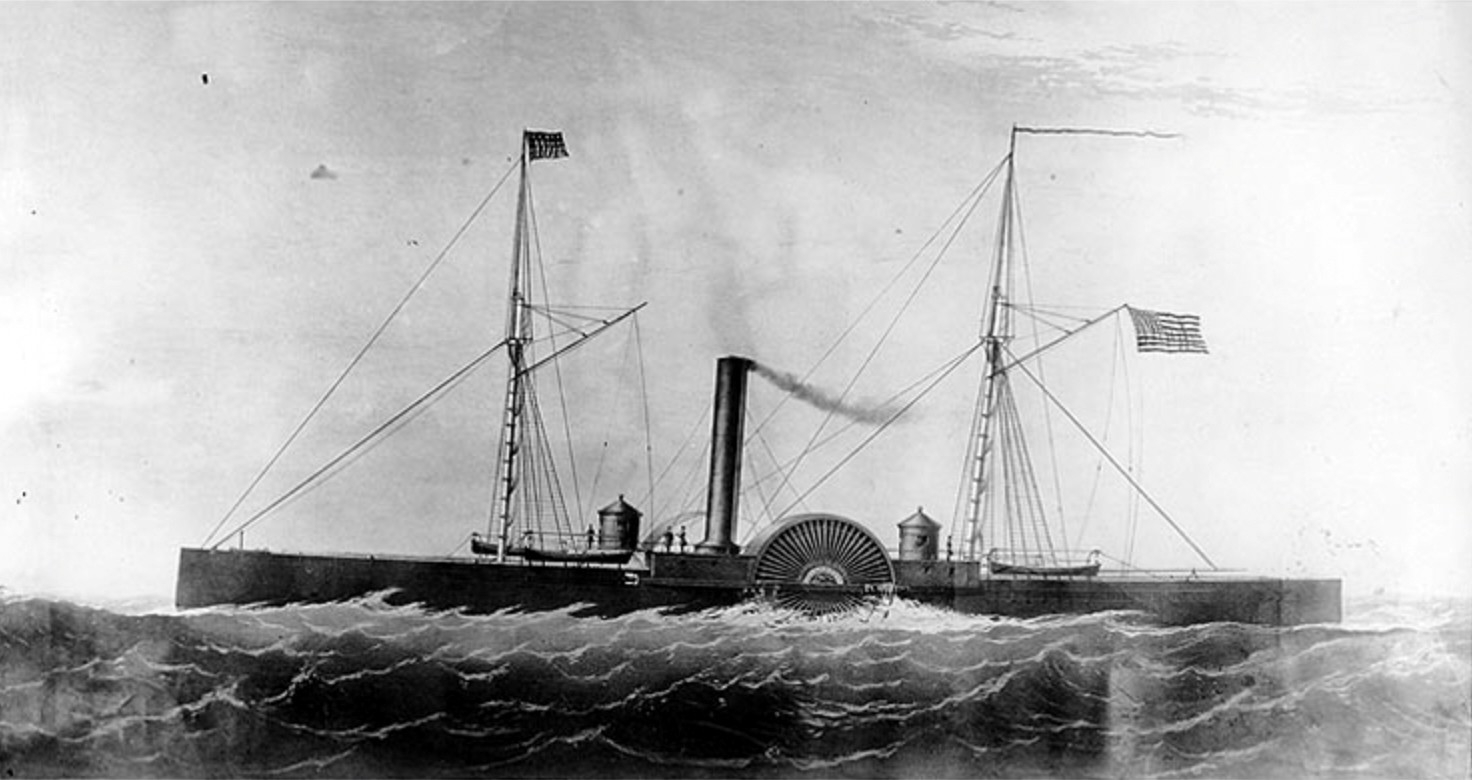
$5,500.00 SOLD
Quantity Available: None
Item Code: 1268-654
Formerly in the collections of the Texas Civil War Museum, this stars-and-stripes US Navy ensign flew over the USS Pontoosuc during its year of active service in 1864-65, which included the two attacks on Fort Fisher, the bombardment of Fort Anderson and other batteries on the Cape Fear River, leading to the surrender of Wilmington, and subsequent service on the James, including bombardment of Fort Darling on Drewry’s Bluff just before the fall of Richmond.
The flag was brought home by James W. Verney, who was serving as Signal Officer, synonymous with Chief Quartermaster, a petty officer tasked with “signaling and the care of flags, halyards, markers, lanterns and other paraphernalia.” During the second, successful attack on Fort Fisher, Verney recounted, “It was my duty as Signal Quartermaster to see all I could of the battle, and report everything of importance to the commander of our ship, whose attention had to be given to his ship…” This clearly involved a good deal of personal exposure during the fighting: he was one eight sailors recommended for the Medal of Honor the ship’s commander in a letter of March 31, 1865, to the Secretary of the Navy, and was awarded the under in, “War Department, General Orders No. 59 (June 22, 1865) / The President of the United States of America, in the name of Congress, takes pleasure in presenting the Medal of Honor to Chief Quartermaster James W. Verney, United States Navy, for extraordinary heroism in action while serving as Chief Quartermaster on board the U.S.S. Pontoosuc during the capture of Forts Fisher and Wilmington, North Carolina, 24 December 1864 to 22 February 1865. Carrying out his duties faithfully throughout this period, Chief Quartermaster Verney was recommended for gallantry and skill and for his cool courage while under fire of the enemy throughout these various actions.”
Included with the flag is Verney’s handwritten history of the flag from its hoist at the commissioning of the ship in May 1864, to his replacement of it in April 1865 (marking it simply “expended” in the records,) along with a 1911 typewritten copy made by a nephew totaling 6-1/2 single-spaced pages. Also included are 1992 analysis and treatment reports by Textile Preservation Associates, who archivally mounted and framed it. Not included with the flag, but available separately is a wonderful large scale ship model on the Pontoosuc, that was displayed with the flag at the Texas Civil War Museum.
The flag is impressive, with strong colors and losses at the fly end that are not obtrusive, commensurate with its service at sea and under fire, and showing period repairs to keep it looking somewhat neat and servicable commensurate with the parsimonious attitudes of the Navy where idle sailors were usually kept busy mending everything from ropes to their own uniforms. The flag measures 53” on the hoist and now measures about 84” on the fly, with most of the stripes showing short segments (most 6-8” long, with the longest, the second from the top, about 20”) that had been added to the ends of stripes to extend them to a uniform length and keep the flag in service, even if short of its length when issued, which would have been 96” since an original ink stencil on the reverse of the hoist reads, “AM ENSIGN 8 FT." (In one respect Verney’s memory failed him in his written account- referring to it as a “12ft Ensign” likely thinking of the “larger, bright new flag” with which he replaced it in April 1865 since, if he did not see the stencil, he would be unable to tell the original length.)
We quote the TPA report as a summary of its design and condition:
“Heading: 53” including loops Fly: 84” The flag is a U.S. national color constructed of one layer of wool bunting with thirty four 3-1/4" cotton stars appliqued to each side of the canton. The stars are arranged in 5 rows with seven stars in each row except for the 2nd row from the top which has six. The canton is the width of seven stripes and rests on a white stripe. The canton is pieced horizontally 9-1/4" from the top. The top edge of the canton is hemmed.
The leading edge has a 1 1/4" hoist wrapped around a rope with the ends of the rope extending in a 1" loop out of the top and bottom. The original fly end is missing. The seams in the flag are machine stitched but the stars and hoist are hand sewn. The top and bottom edges of the flag have a 1/4" rolled hem.
On the reverse side of the hoist at the top, in 3/8" and 1/2" Roman letters in black ink is stamped "AM[?] ENSIGN 8 FT."
CONDITION
Previous treatment: The fly end of the original flag is missing. The torn ends of the original stripes were apparently cut and new wool pieces were added to all but the fourth stripe from the top. the vertical seam attaching the canton to the fly has been re-sewn.
Present Condition: The flag is intact except for the fly end which has been patched as noted. The canton has a 5" tear along the top hem in the upper leading edge corner and a repair in the vertical seam as noted. There are six areas of smaller tears throughout the canton particularly around the bottom star on the leading edge. The bottom stripe has a 3" tear 30" from the leading edge. The third stripe from the bottom has a 1" hole 36 inches from the leading edge. The flag is slightly soiled throughout. The stars have diagonal black and brown staining.”
Of course, please see our photographs and full copies of the TPA reports, which include guidelines for handling and display, are available to interested parties.
The USS Pontoosuc was a Sassacus class unarmored sidewheel steam gunboat, a “double-ender,” built under contract with G. W. Lawrence and the Portland Company, of Portland, Maine, laid down October 1862, launched in May 1863 and commissioned at Portland on May 10, 1864. The ship’s complement was roughly 200 men, and it was armed at various times with 2 100-pdr Parrott Rifles; 4 9-Inch Dahlgren smoothbore guns; 2 20-Pdr Parrott rifles, as well as 12-Pdr Smoothbore, 12-Pdr rifle and 2 24-Pdr howitzers.
The ship was ordered to the South Atlantic Blockading Squadron on 9 June 1864 but was ordered to return north to search for the CSS Tallahassie, which threatened fishing fleets in the Gulf of St. Lawrence. They missed that vessel by just twelve hours at Halifax, caused a bit of stir by sailing again less than the 24 hours required by the British government, but had some amusement in luring a Confederate-sympathizing (or at least very neutral) Canadian pilot aboard by claiming to be the Confederate raider.
They eventually returned to New York, did escort duty for a mail steamer south and arrived off Wilmington in time to take part in the first, unsuccessful attack on Fort Fisher, Dec. 24-25, during which the ship’s commander reported firing 120 shells from their 9-Inch guns and 92 from the 100-pounder rifles on Dec. 24, with another 42 expended the next day from the latter as well. The commander also reported being struck by a Confederate shell on Dec. 24, which started a fire, mentioned also by Verney, with the added detail that the fire spread near the magazine and that all were amused by the hasty departure of a dispatch boat near them upon the Pontoosuc’s commanders calm relay of that information amid some official pleasantries.
It was Verney’s actions during the second, successful, attack on the fort on Jan. 13-15 that seem mostly to have led to the commander’s recommendation for the medal, though his commander’s letter and the official citation refer to the campaign as a whole, from the first attack on Fort Fisher to the surrender of Wilmington on Feb. 22, 1865, which finally completed the blockade of the coast. Both the ORs and Verney refer to other fighting in the campaign- “a nice little fight at Fort Anderson” followed by “three days more of it” along the Cape Fear River in the words his commander, followed by the surrender of Wilmington.
Verney’s account of the flag’s service extends to April 1865, recounting the ship’s journey north and duty on the James River, including bombardment of Fort Darling. He dates his replacement of the flag to the day he saw a boat making its way to through the fleet carrying Lincoln, most likely on his way to visit Richmond on April 4, just two days after the Confederate forces had left the city.
Verney served on the Pontoosuc until June 12, 1865, shortly before its official decommissioning, but had signed up for three year stint when he enlisted at Portland, ME, when he enlisted on May 12, 1864, and remained in the Navy until 1867. After leaving the Pontoosuc he was on the USS Ohio, to Sept. 16, 1865; then the Tacony to Nov. 21, 1866; the New Hampshire to Dec. 6, 1866; and lastly on the USS Vermont until his discharge at New York Feb. 4, 1867. He had been born in Bath, ME, in 1834, is listed in the 1850 census as a ship carpenter in Richmond, ME, and in the 1860 census is a mariner, something he must have taken up early in the 1850s since he filed a seaman’s protective certificate as U.S. citizen in Philadelphia in 1852 and again in Maine in 1858, though his service on the Pontoosuc was his first stint in the U.S. Navy, perhaps spurred by a bounty and the need to support a wife and two children. By 1870 he is employed at Kittery, ME, as the Keeper of the Whalesback Light. By 1880, however, he seems to have been suffering health problems, which led to a pension application for disability. He passed away in the Boston area in 1902.
This displays very well, having a great combination of historical, visual, and patriotic appeal. It has room for more research, and would look great with the model of its ship displayed in front of it. We show a period lithograph of the vessel and note also a rather well done modern watercolor showing the Pontoosuc at Fort Fisher. [sr][ph:L]
Special shipping arrangements required.
~~~~~~~~~~~~~~~~~~~~~~~~~~~~~~~~~~~
THIS ITEM, AS WITH ALL OTHER ITEMS AVAILABLE ON OUR WEB SITE,
MAY BE PURCHASED THROUGH OUR LAYAWAY PROGRAM.
CLICK HERE FOR OUR POLICIES AND TERMS.
THANK YOU!
Inquire About US NAVAL ENSIGN OF THE USS PONTOOSUC 1864-65 BROUGHT HOME BY SIGNAL QUARTERMASTER JAMES W. VERNEY - MEDAL OF HONOR FORT FISHER & WILMINGTON
Most Popular
Historical Firearms Stolen From The National Civil War Museum In Harrisburg, Pa »
Theft From Gravesite Of Gen. John Reynolds »
Selection Of Unframed Prints By Don Troiani »
Fine Condition Brass Infantry Bugle Insignia »
Large English Bowie Knife With Sheath 1870’S – 1880’S »
Imported (Clauberg) Us Model 1860 Light Cavalry Officer's Saber »
featured item
“SOFT TACK:” AERATED BREAD CRATE
This would make a nice addition to a camp, sutler, Sanitary Commission or even a hospital display. Constructed of thin, about ½” thick, unpainted, wide pine boards that are simply nailed together, this is about 18” X 13 ¾” X 12” and is… (1202-166). Learn More »


